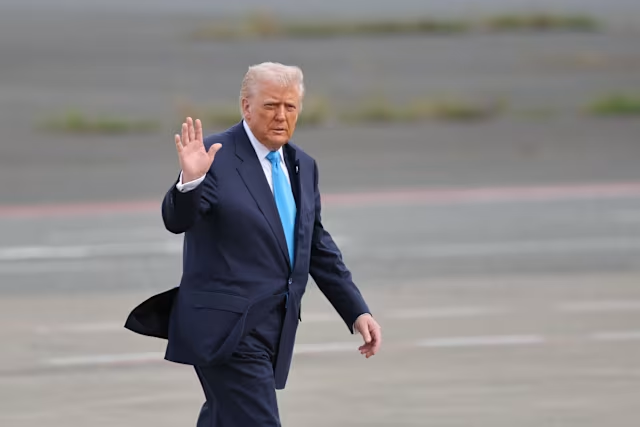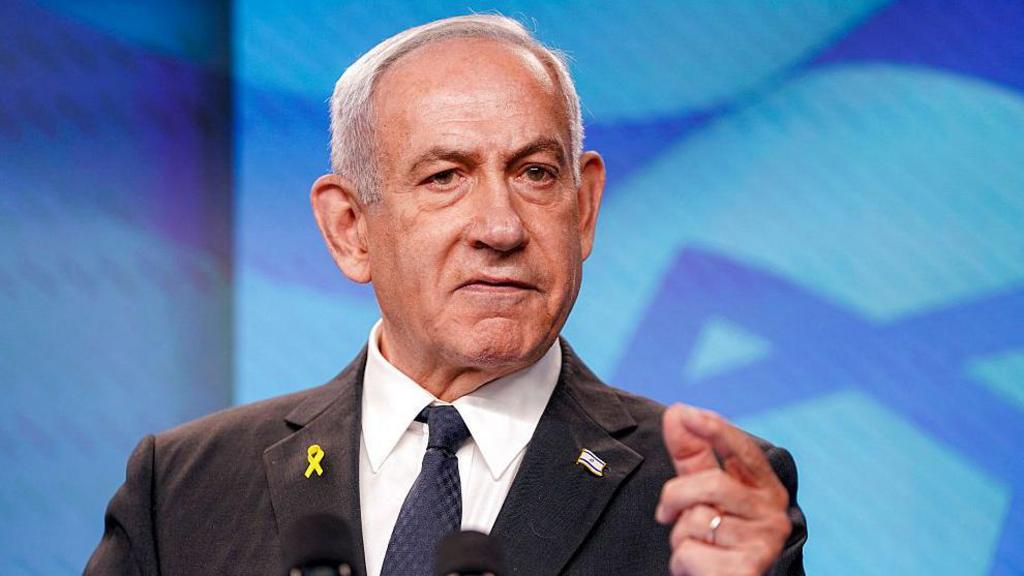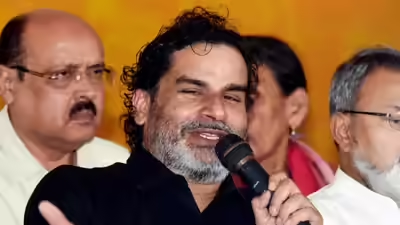Now Reading: Kulman Ghising Emerges as New Frontrunner for Nepal’s Prime Minister Amid Gen Z Unrest
-
01
Kulman Ghising Emerges as New Frontrunner for Nepal’s Prime Minister Amid Gen Z Unrest
Kulman Ghising Emerges as New Frontrunner for Nepal’s Prime Minister Amid Gen Z Unrest

Nepal’s political landscape is witnessing a shift as Kulman Ghising, the former managing director of Nepal Electricity Authority, emerges as a potential next Prime Minister. His rise comes amid widespread protests led by younger generations demanding transparency, accountability, and reforms. For India and citizens in Tier-2 cities along the border, developments in Kathmandu carry strategic and economic significance, as stability in Nepal impacts cross-border trade and regional cooperation.
Who Is Kulman Ghising
Kulman Ghising is best known for transforming Nepal’s power sector by eliminating load shedding and improving electricity distribution. His administrative acumen and reputation for efficiency have earned him support among young voters and reform-minded political leaders. Unlike traditional politicians, Ghising is seen as a technocrat capable of addressing practical governance challenges rather than purely ideological debates.
The Gen Z Unrest
Nepal has seen increasing protests led by students and young professionals, often called the Gen Z movement. Demonstrators are demanding political accountability, improved public services, and an end to corruption. Ghising’s reputation as a results-oriented leader resonates with this demographic, positioning him as a fresh alternative to conventional political actors.
Implications for India
India shares open borders and strong cultural, economic, and security ties with Nepal. A stable and reform-oriented government in Kathmandu can help improve trade, infrastructure projects, and cooperation in sectors like electricity and connectivity. For residents in Tier-2 Indian cities like Darjeeling, Siliguri, and others near the Nepal border, political stability directly affects business, tourism, and cross-border employment opportunities.
Challenges Ahead
While Ghising has popular support, navigating Nepal’s coalition politics will be challenging. Balancing the demands of established parties, managing public expectations, and addressing the concerns of diverse ethnic and regional groups are critical for his potential leadership. Success will depend on his ability to translate administrative skills into political consensus.
Conclusion
Kulman Ghising’s emergence as a frontrunner for Nepal’s Prime Ministership signals a shift toward results-driven leadership amidst widespread youth unrest. For Nepal and its neighbours, including India’s Tier-2 cities along the border, his rise could bring hope for stability, better governance, and stronger regional cooperation. The coming months will reveal whether Ghising can meet these expectations and usher in meaningful change

























